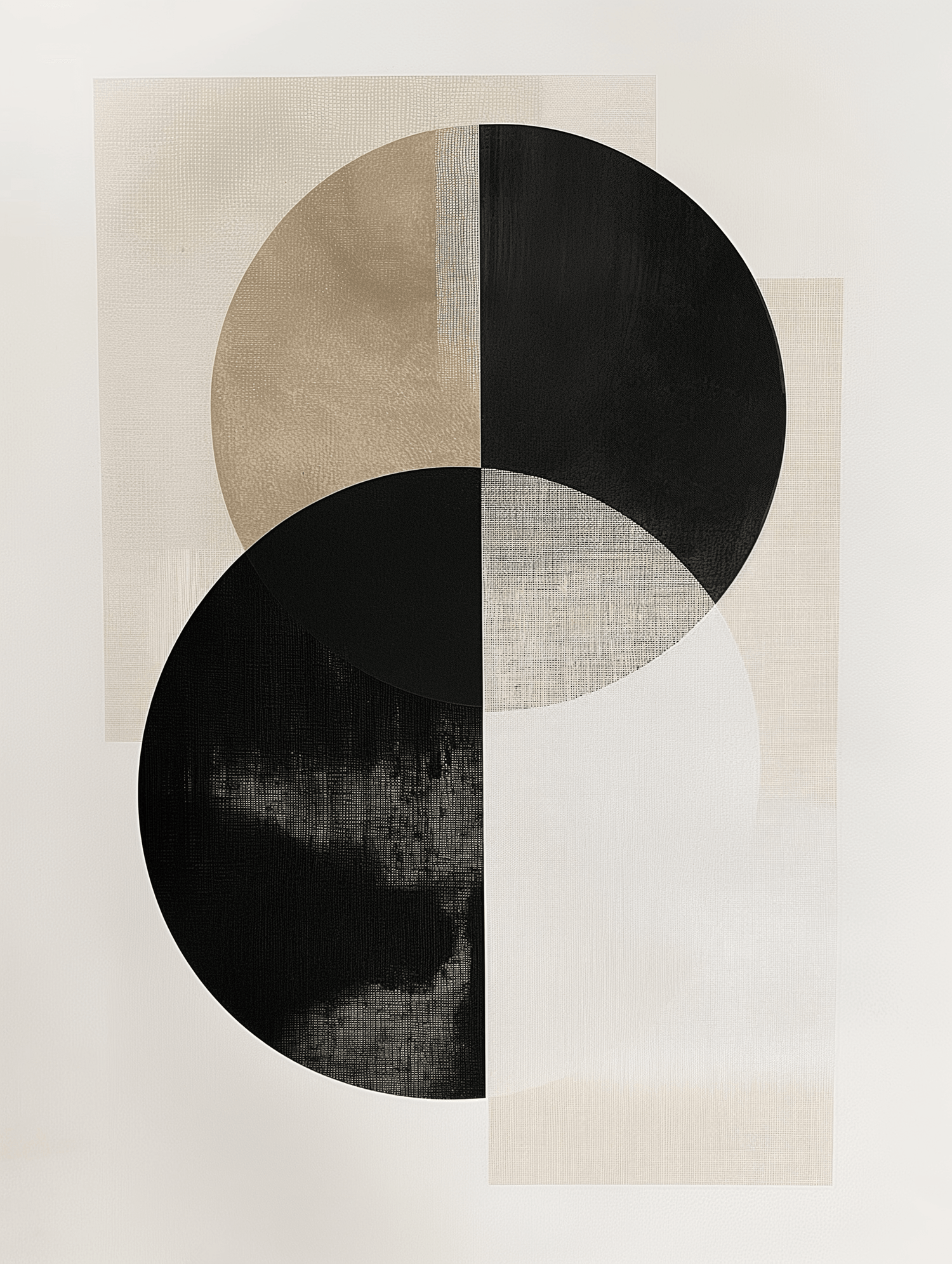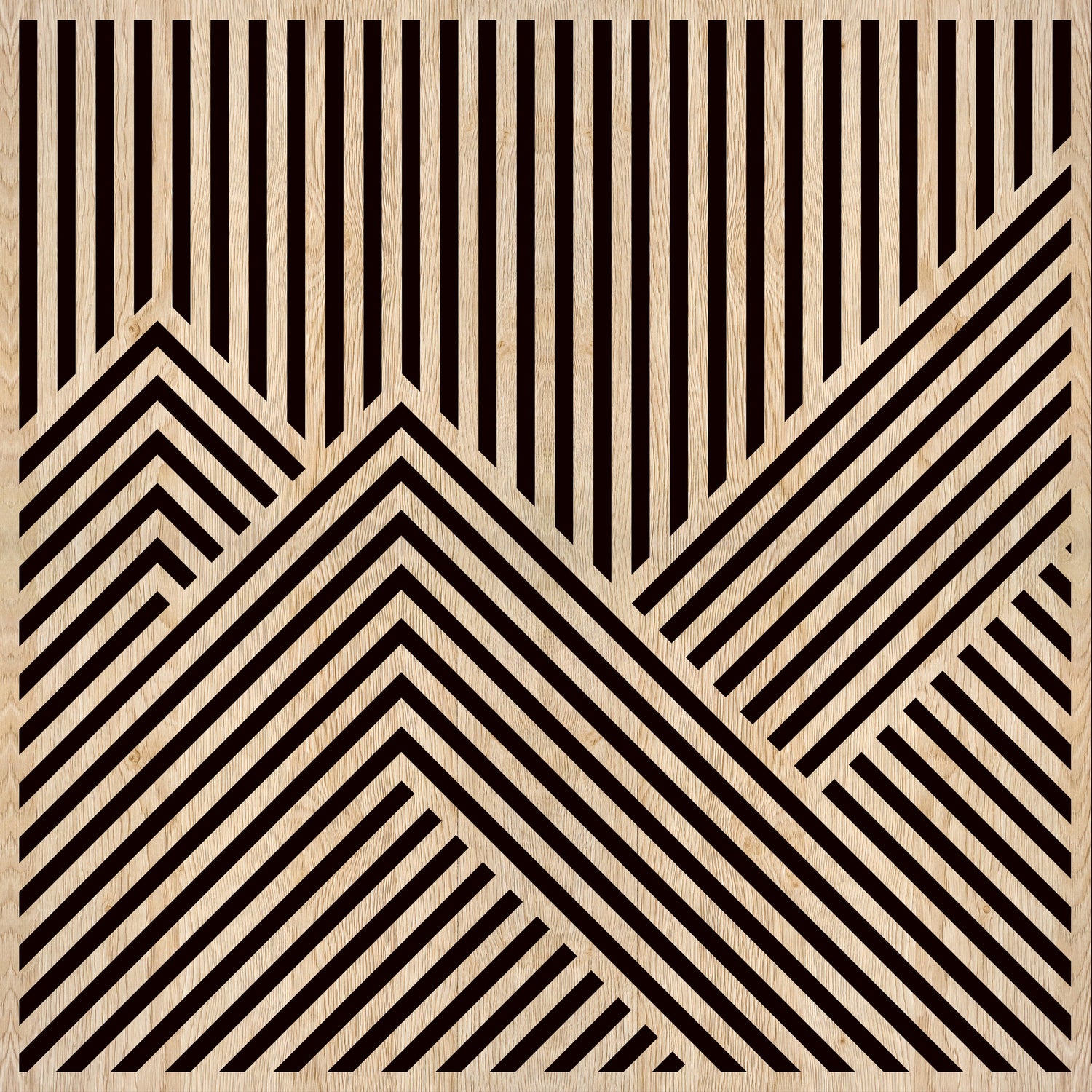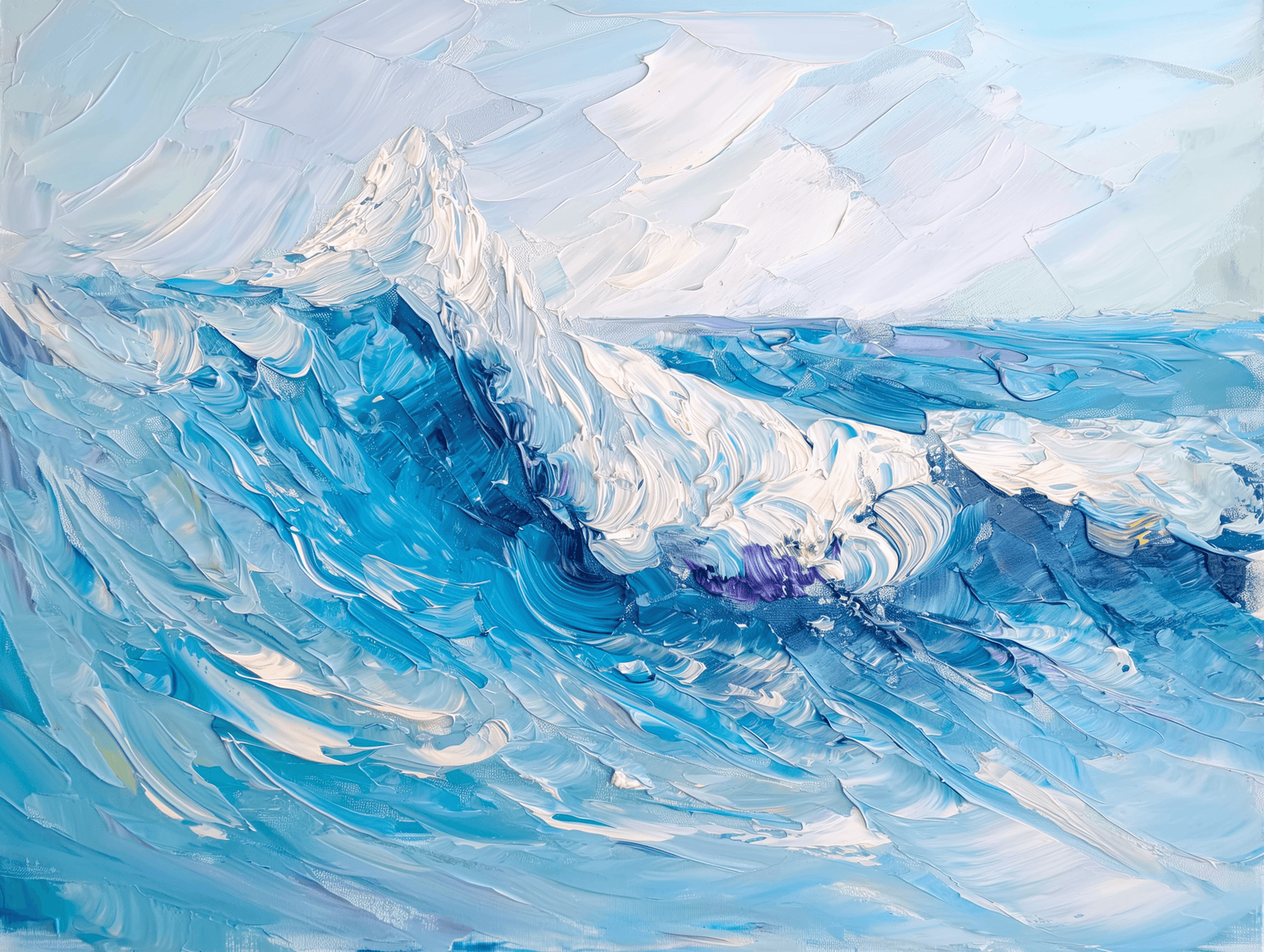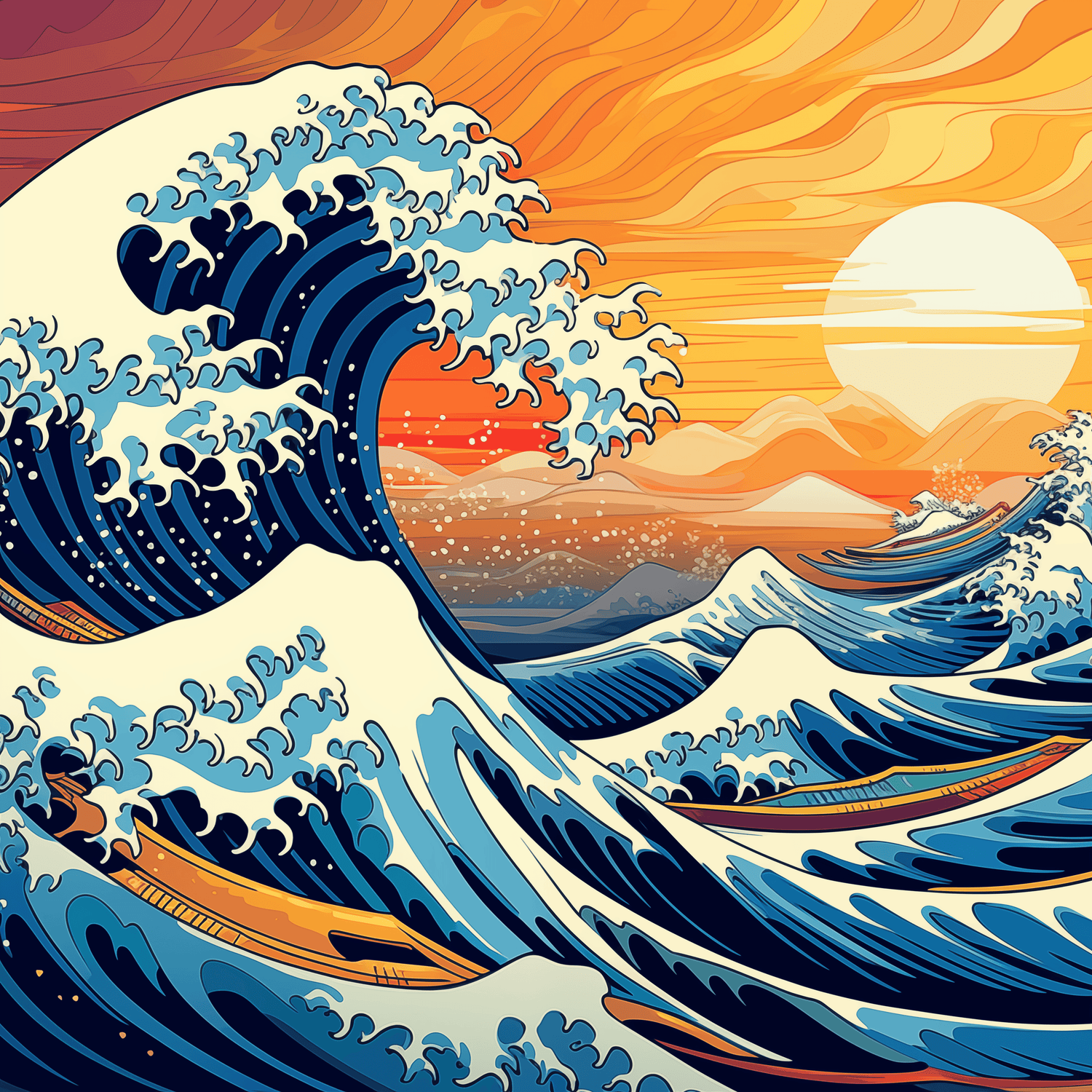Introduction
Painting is one of humanity's oldest and most fascinating means of expression. From Egyptian hieroglyphics to contemporary avant-gardes, pictorial art has undergone radical transformations. In this article we retrace the most significant moments of its evolution.
Art in Antiquity: The Birth of Representation
The first forms of painting date back to prehistoric cave paintings, where man depicted hunting scenes. In ancient Egypt and Greece, art was closely linked to religion and the representation of the human figure according to rigid proportions.
The Middle Ages: Symbolism and Iconography
During the Middle Ages, painting focused on religious themes. Byzantine icons and Romanesque frescoes were stylized and lacked perspective. Light and color took on a symbolic, rather than realistic, value.
The Renaissance: The Revolution of Perspective
With artists such as Leonardo da Vinci, Michelangelo and Raphael, the Renaissance marks a turning point. The discovery of linear perspective, the study of anatomy and the use of chiaroscuro transform painting into a more realistic and harmonious art form.
Baroque and Rococo: Drama and Dynamism
Baroque brings with it an explosion of emotions, light and movement. Artists such as Caravaggio and Rubens create theatrical and dramatic works, with strong contrasts of light and shade. Rococo, on the other hand, is distinguished by pastel colors and lighter and more decorative scenes.
The Nineteenth Century: Romanticism, Realism and Impressionism
With Romanticism, art becomes more emotional and personal. Courbet's Realism rejects idealizations and represents everyday reality. Monet and Renoir's Impressionism revolutionizes painting with quick brush strokes and innovative use of light.
The Twentieth Century: Avant-garde and Modernism
The 20th century saw the birth of the artistic avant-gardes. Picasso's Cubism deconstructed forms, Dalí's Surrealism explored the unconscious, while Expressionism and Abstraction freed painting from figurative representation.
Contemporary Art: From Action to Technology
Today, painting is mixed with new media and technologies. Digital art and street art are redefining the concept of painting, demonstrating how this form of expression continues to evolve and reinvent itself.
The Materico Revolution
Materico celebrates the evolution of painting with 3D artistic reproductions that restore the relief and depth of the original brush strokes. Thanks to innovative technology, historical works come to life in a completely new dimension.
Conclusion
From ancient times to the present day, painting has undergone extraordinary transformations. Each era has left an indelible mark, bringing innovations that still influence the world of art today.









